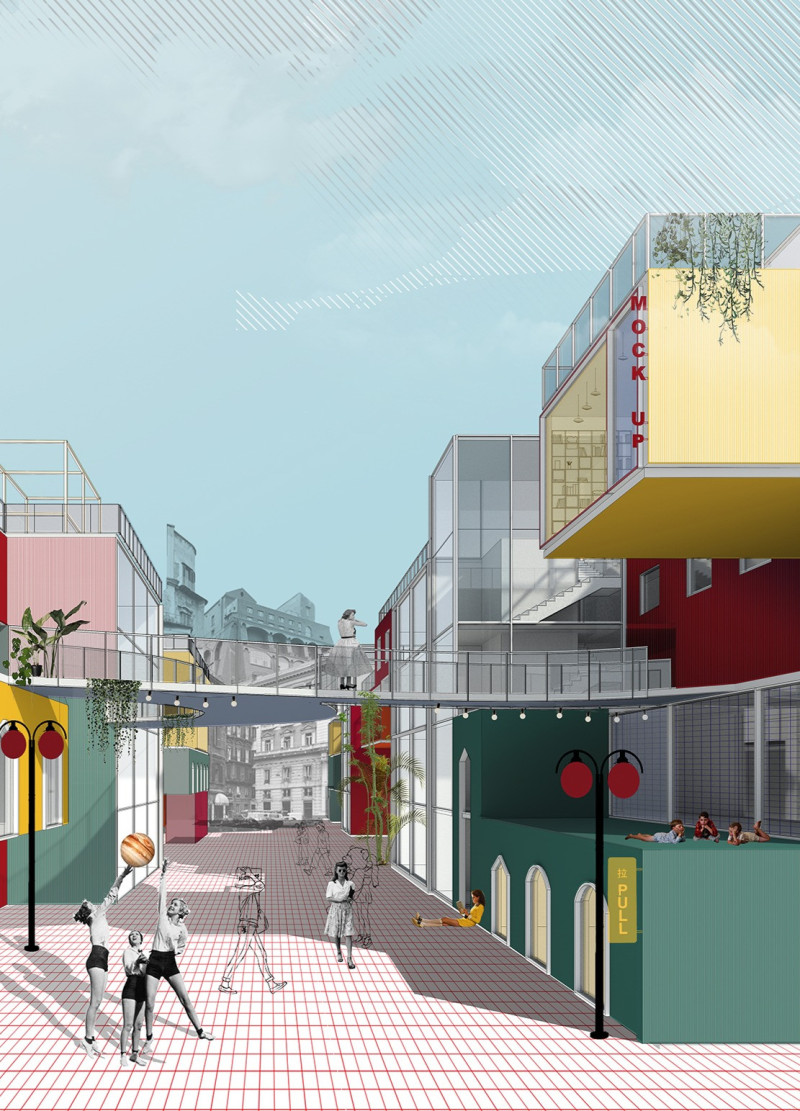5 key facts about this project
The design addresses the need for rental housing in Rome, a city known for its rich history and diverse culture. The proposal focuses on using color psychology to enhance the living experience. By marrying modern design principles with elements drawn from the city's architectural context, the goal is to create spaces that promote emotional well-being and foster a sense of community among residents.
Color Psychology
At the core of the design lies the principle of color psychology, which plays a significant role in shaping mood and comfort within living spaces. Utilizing warm colors, the design seeks to create an inviting atmosphere that encourages social interaction. This thoughtful approach aims to make residents feel connected to their surroundings, cultivating a welcoming and supportive environment.
Adaptable Typologies
Four distinct building typologies are proposed to adapt to different site conditions. These types are arranged using a grid system that organizes the various components of the structure. This grid not only ensures visual interest through colorful facades but also fosters a diverse urban landscape. The design takes cues from familiar architectural styles in the area, preserving the historical context of Rome while offering modern housing solutions.
Connectivity and Circulation
An interesting feature of the design is the incorporation of the Tiber River's water system map into the master plan. This element creates a series of elevated pathways that enhance movement within the community. Access to these pathways is limited to residents, promoting both connectivity and privacy. With this thoughtful layout, different parts of the development are cohesively linked, allowing for easy navigation throughout the space.
Community Interaction
The arrangement of spaces emphasizes the balance between public and private areas. Individual living spaces are separated from the communal zones, allowing residents to retreat when needed. The shared kitchens and dining areas are key components, designed as social hubs where residents can gather. Equipped with essential amenities and large tables, these spaces invite interaction and collaboration. Co-working areas on each floor further promote engagement, offering versatile environments for residents to work together or independently.
The careful design of these elements helps create an environment where residents feel at home while encouraging a vibrant community spirit. By focusing on both individual comfort and collective experiences, the design reflects the complexities of modern urban living in Rome.



























